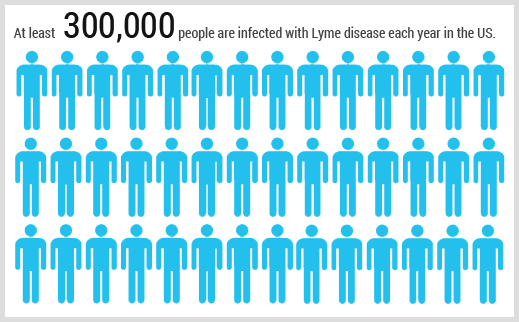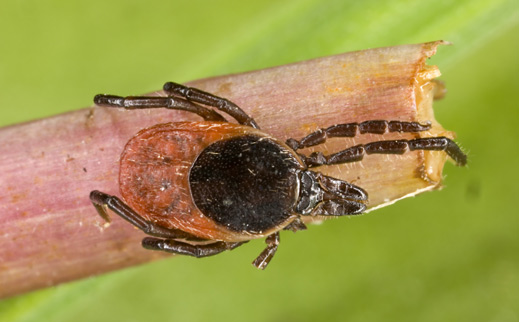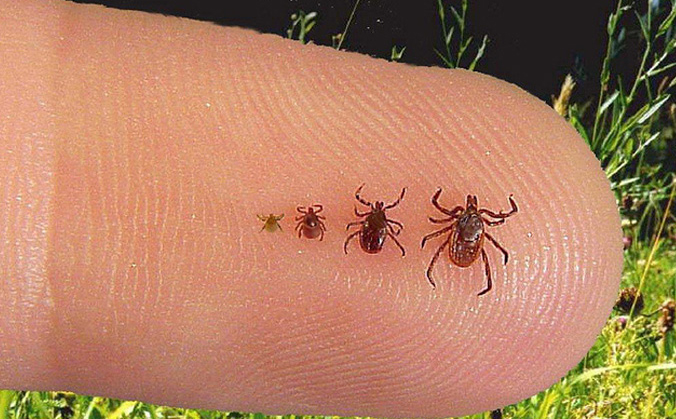Overview of Lyme Disease
An Emerging Epidemic
Lyme disease is one of the fastest growing infectious diseases in the country and one of the most difficult to diagnose. Experts in the medical and scientific community, as well as key legislators, have deemed Lyme disease an epidemic … a national public health crisis … and a growing threat.

At least 300,000 people are infected with Lyme disease each year
New tick-borne diseases are emerging … the number of tick endemic regions is growing … the tick population is increasing … and, the number of people infected with Lyme disease is steadily rising.
The Centers for Disease Control and Prevention (CDC) report that at least 300,000 people are infected with Lyme disease each year in the United States. That’s 25,000 new cases per month. Twenty-five percent of those patients are children, ages 5 to 14.
“Every time you have a surveillance system, you always have at least a tenfold underreporting. There have been studies that show it might be as much as 40 times higher than that number.” ─ Dr. Daniel Cameron.
In the coming years, it will be imperative that physicians are thoroughly educated in the complexity of Lyme disease and trained in identifying it and providing effective treatment plans.

What Is Lyme Disease?
Lyme disease is a bacterial infection typically transmitted through the bite of an infected tick. It is one of the fastest growing infectious diseases in the country, and the steadily increasing number of cases has led many in the medical/scientific community and legislative arena to deem the disease a “public health crisis” and “epidemic”. learn more →

Signs and Symptoms
Lyme disease has been associated with numerous neurologic, rheumatologic and psychiatric manifestations. However, the full range of symptoms needed to recognize the disease may not be apparent to a physician during a routine examination. learn more →

About Ticks
Ticks are tiny parasites that feed on the blood of their hosts (humans and animals) in order to survive and advance to the next life cycle stage. Most ticks have four stages: egg, larva, nymph and adult. The larva and nymph need a blood meal to move to the next stage. Ticks are extremely small, with the nymph the size of a pinhead. learn more →



